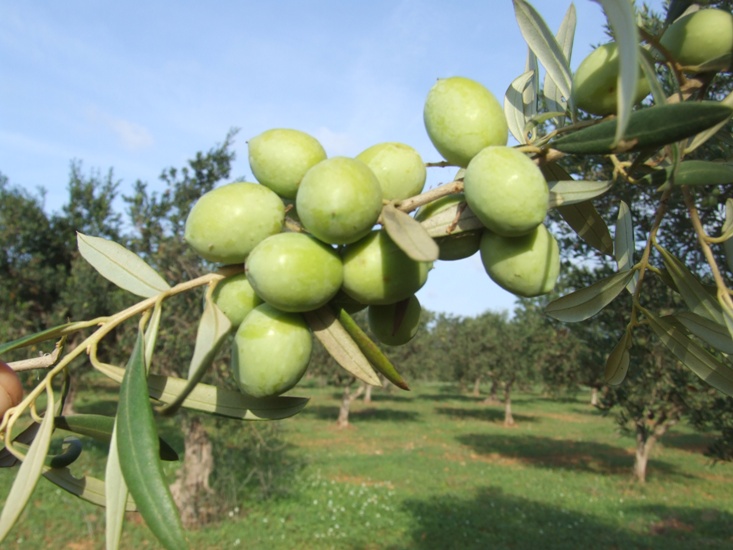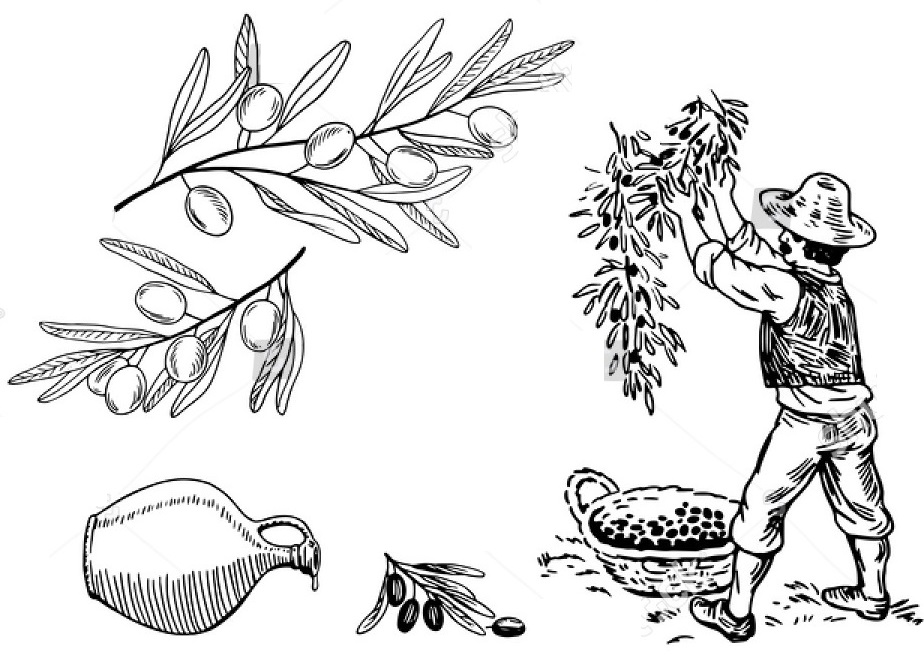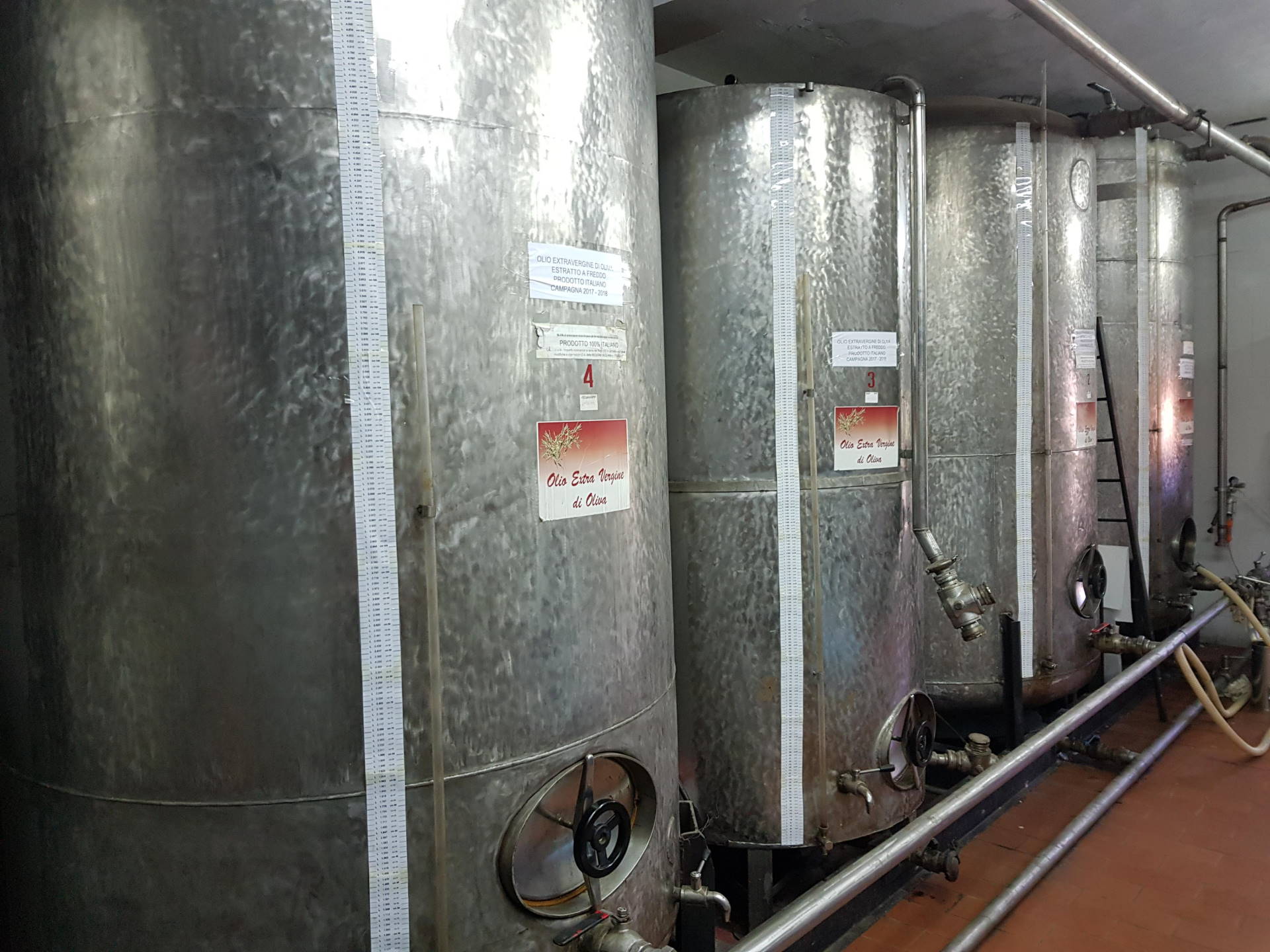There are several factors that help to determine the characteristics of olive oil, its aroma, taste and its quality and quantity produced.
Some of these are connected exclusively to the typicality of the fruit and the places where the plant is grown. On other factors, however, the hand of humans turns out to be decisive and can only be them, through their goals, their knowledge and their experiences, who can make the difference and who can strongly affect the good or bad quality of the final product.
The Cultivar
On the cultivar, humans have little opportunity to try to affect the quality of the final product. Each cultivar has its own peculiar characteristics that distinguish it from the others, such as fruit size, composition in saturated and unsaturated fatty acids, greater or lesser presence of polyphenols and other chemical components of the fruit.

The Climate
Due to its characteristics, the Mediterranean climate with temperate winters, long and hot summers and low humidity, is the ideal climate for the cultivation of the olive trees. Lower temperatures during the period of maximum inolithion olives oil favor the formation of olive oils with better organoleptic characteristics. The temperature also influences the chemical composition of the oil, for example given the greater presence of saturated fatty acids, oils that come from more southern areas tend to be denser than those from more northern areas. The rains also play a fundamental role and positively affect the quantity produced if they occur in the period immediately preceding the anthesis (period during which a flower is completely open and functional) or in the one following fruit set (initial phase of fruit development). Weak and light winds facilitate transpiration and pollination; strong winds, on the other hand, can be harmful and cause wounds, lacerations and cracks in the fruit.

The Soil
The same goes for the soil, each of them has its own intrinsic characteristics that affect the quality of the oil produced without humans being able to collaborate. It is known, for example, that in the looser soils the content of volatile compounds is higher, so that they can obtain oils with more intense aromatic notes.

The cultivation and harvesting techniques of olives
A factor on which humans are able to affect to obtain a good or bad quality product is represented by the cultivation techniques. For example, our experience leads us to affirm that, with the prescribed times and distant from the harvest, the correct use of good anti-parasite defenses is certainly good practice. It is essential that the fruit arrives intact to the pressing. This is an essential prerequisite for obtaining a product with low levels of free acidity and peroxides, as well as with good organoleptic characteristics.
The Harvesting techniques also play a very important role in obtaining or not a good product. For what we have said before about the need of olives integrity in order to obtain a quality product, it is clear that we have to prefer non-intensive harvests and moreover it is necessary the olives have to be storaged in ventilated places, inside plastic and perforated boxes not too much large. For the same reason, the milling must take place within a maximum of 36 hours from harvest since, even if well stacked, after this period the fruit naturally tends to degrade, helping to lower the quality level of the resulting olive oil. In addition, early harvests, with not fully ripe fruit, increase the green notes and aromatic characteristics of the oil and lead to a greater presence of phenolic substances, those famous natural antioxidants that do so much good for our body.

The techniques of olive oil extraction
The extraction system also has a great influence on the characteristics of the final product, giving it those characteristics of peculiarity. Our experience leads us to state that today it is absolutely necessary to choose continuous cycle equipments which, compared to traditional discontinuous cycle ones, are clearly superior both from a hygienic point of view and for their easier management throughout the entire period of the olive oil campaign. Another prerequisite for obtaining a good quality product is that the extraction must take place at cold, that is, with the addition of water that does not exceed a temperature of 27 degrees. Higher temperatures tend to reduce the presence of phenolic substances and to deteriorate the volatile components with a negative impact on the quality and organoleptic characteristics of the final product.

The storage techniques of olive oil
Another fundamental factor to consider are the olive oil conservation techniques. Extra virgin olive oil, like all other fats of animal or vegetable origin, is very sensitive to oxidative alterations that worsen its nutritional and organoleptic characteristics. To slow down the oxidation process, which can lead to rancidity of the product, it is necessary to prevent that olive oil come in contact with oxygen and water, it must be kept away from heat sources and that it is not exposed to light. Steel containers, dark glass bottles have to be preferred, but also the most modern bag-in-box that allow to store the product in ideal conditions, inside very resistant boxes, vacuum-packed and in the dark. Instead we have completely to avoid more commercial packaging as plastic, copper or iron containers which, over time, release harmful substances to the body on the oil.
